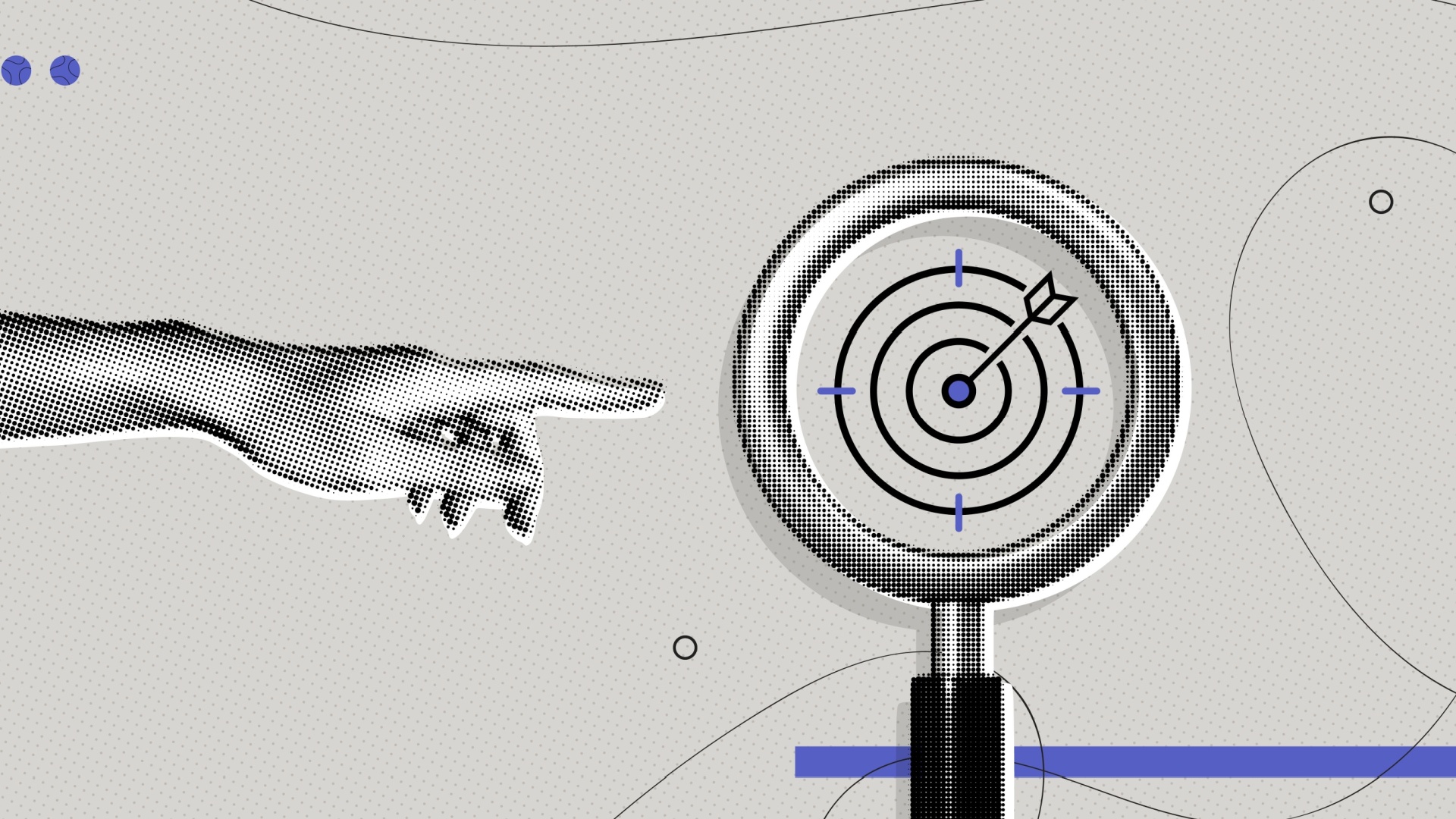5 ways content helps create a better user experience
If you give users a good content experience, they will stay longer – and come back when they’re ready to buy.
People who are researching a product or service are looking for practical – sometimes even boring – information to help them in their buying decision.
The more expensive the item is in relation to the customer’s comfort zone, the more research they do and the more information they want before they pull the trigger.
The challenge?
No brand wants to appear boring.
I completely understand this reaction.
But the reality is that you must meet the information needs of your customers.
Digital channels are not merely extensions of traditional media efforts
This is an idea that dates back at least to 1999 in “The Cluetrain Manifesto.”
I read this work relatively early in my career and its lessons continue to resonate.
This document captures the essence of what digital marketing had already started to evolve into what we see today.
Two theses, in particular, speak out against the strategy of a great many online marketing initiatives today:
- Thesis 17 – Companies that assume online markets are the same markets that used to watch their ads on television are kidding themselves.
- Thesis 64 – … We will not settle for the 4-color brochure, for websites chock-a-block with eye candy but lacking any substance.
Sadly, many brands (large and small) have not heeded these lessons.
Break traditional marketing paradigms
Website content and user experience must go beyond brands just talking about themselves.
You know, traditional marketing.
Yet I still often hear two specific arguments when it comes to website content.
And both are dead wrong.
Argument 1: Our branding and messaging need to be consistent (i.e., “identical”) or website visitors won’t know it’s really us or they’ll lose our messaging.
This doesn’t apply as strictly to websites and other digital channels.
Some branding elements are easy to bring into a website, like logos and color schemes.
Others, like custom-made fonts and large, auto-play videos generally make for slow download times and actually lose people’s attention because they bounce before the page they landed on can load.
I remember watching the website of a client’s competitor when the competitor redid their home page to include a large, auto-play video that pushed all the main content down below the fold on both desktop and mobile.
The models in the tool I used showed their rankings dropping precipitously right away and their estimated traffic numbers tanking soon after.
It was a bloodbath that they eventually corrected – several months later.
Argument 2: When someone lands on our website, we need to grab their attention.
In traditional media channels and digital ads, it is important to grab people’s attention in order to get the message across.
I counter by pointing out that if someone has come to your website, you already have their attention.
You keep their attention by offering what Lee Odden of TopRank Marketing calls “Best Answer Content.”
Aside from conversion optimization efforts needed for websites, the best way to keep the attention of website visitors is to make sure they get the answers to their questions immediately upon landing on a page on your site.
If you make your site useful and offer a good experience, you will earn more business in the long run.
Think differently about your website!
To paraphrase comedian George Jessel: “Give the people what they want and they will come.”
As far as your website goes:
- Look beyond being just brochureware. Start moving to give your visitors a better experience overall.
- Get rid of things that offer no real substance. Your site can be aesthetically pleasing without being slow to download and cumbersome to use. Balance beauty with practicality for maximum effect.
- Stop trying to make your website pages be everything to everybody. We often “ask” our pages to do way too much. Don’t be afraid to keep one topic per page and one page per topic.
- Remember that every page on your website is a potential landing page from search. It’s rare that the majority of a website’s visitors will go to the homepage and browse through the site.
- Learn what information your customers need to know. Take a data-driven and human-centered approach to content creation and give them what they want! Data will tell you what your customers need and how they search for it. As Robert Guay of GTB/WPP once said, “Data is people in disguise.”
Contributing authors are invited to create content for Search Engine Land and are chosen for their expertise and contribution to the search community. Our contributors work under the oversight of the editorial staff and contributions are checked for quality and relevance to our readers. Search Engine Land is owned by Semrush. Contributor was not asked to make any direct or indirect mentions of Semrush. The opinions they express are their own.


